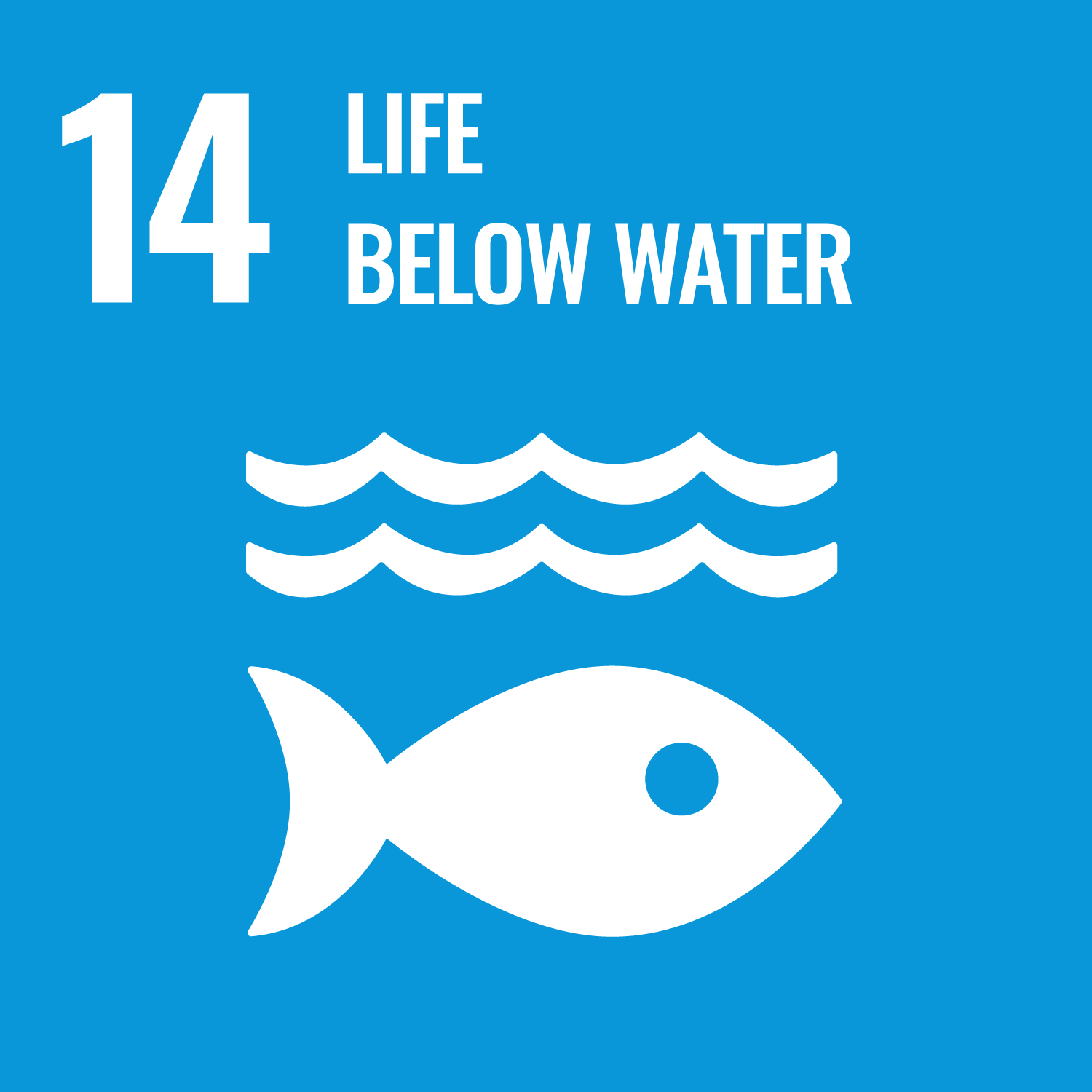ORCID
- Andrew Turner: 0000-0003-0505-4561
Abstract
Bismuth is a heavy metal whose biogeochemical behaviour in the marine environment is poorly defined. In this study, we exposed three different species of macroalgae (the chlorophyte, Ulva lactuca, the phaeophyte, Fucus vesiculosus, and the rhodophyte, Chondrus crispus) to different concentrations of Bi (up to 50 g L-1) under controlled, laboratory conditions. After a period of 48-h, the phytotoxicity of Bi was measured in terms of chlorophyll fluorescence quenching, and extracellular and intracellular accumulation of Bi determined after EDTA extraction and acid digestion, respectively. For all algae, both the internalisation and total accumulation of Bi were proportional to the concentration of aqueous metal. Total accumulation followed the order: F. vesiculosus > C. crispus > U. lactuca; with respective accumulation factors of about 4,200, 1,700 and 600 L kg-1, and greatest internalisation (about 33% of total accumulated Bi) was exhibited by C. crispus, the only macroalga to display a toxic response in the exposures. A comparison of the results with those reported in the literature suggests that Bi accumulation by macroalgae is significantly lower than its accumulation by marine plankton (volume concentration factors of 105 to 107), and that Bi phytotoxicity to macroalgae is low relative to other heavy metals like Ag and Tl.
DOI Link
Publication Date
2016-01-01
Publication Title
Environmental Pollution
Volume
208
ISSN
0269-7491
Acceptance Date
2015-10-07
Embargo Period
2016-10-07
Keywords
Bismuth, Macroalgae, Toxicity, Accumulation, Adsorption, Internalisation
First Page
435
Last Page
441
Recommended Citation
Kearns, J., & Turner, A. (2016) 'An evaluation of the toxicity and bioaccumulation of bismuth in the coastal environment using three species of macroalga', Environmental Pollution, 208, pp. 435-441. Available at: 10.1016/j.envpol.2015.10.011


